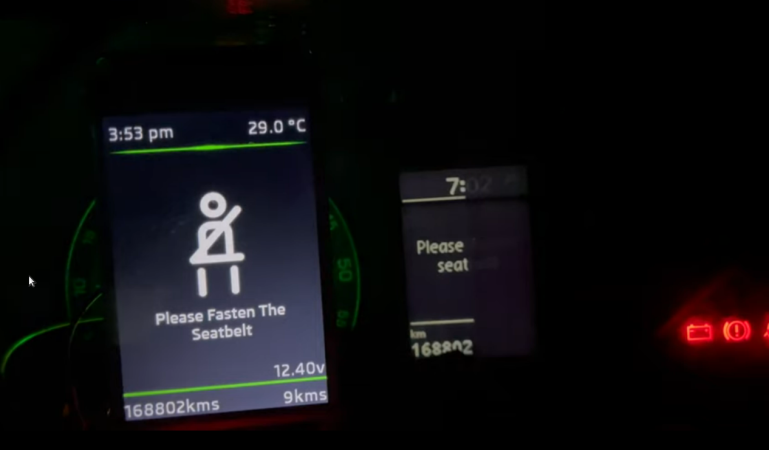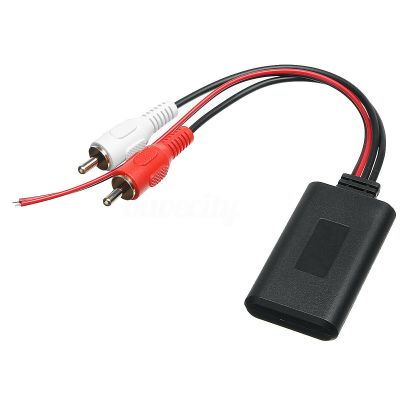Keyless entry has become a standard feature on virtually all cars, where once it was a luxury option. However, it’s also changed the way that thieves approach the process of breaking into a car. After recent research, [HackingIntoYourHeart] claims that many modern Honda and Acura vehicles can be accessed with a simple replay attack using cheap hardware.
It’s a bold claim, and one that we’d love to see confirmed by a third party. The crux of the allegations are that simply recording signals from a Honda or Acura keyfob is enough to compromise the vehicle. Reportedly, no rolling code system is implemented and commands can easily be replayed.
Given these commands control features like unlocking the doors, opening the trunk, and even remote starting the vehicle, it’s a concerning situation. However, it’s also somewhat surprising. Rolling code technology has been around for decades, and makes basic replay attacks more difficult. Range extender attacks that target keyfobs sitting inside homes or gas stations are more common these days.
Whether Honda has made a security faux pas, or if there’s something more at play here, remains to be seen. If you’ve got more information, or have been able to recreate the same hack on your own Honda, be sure to let us know.



















